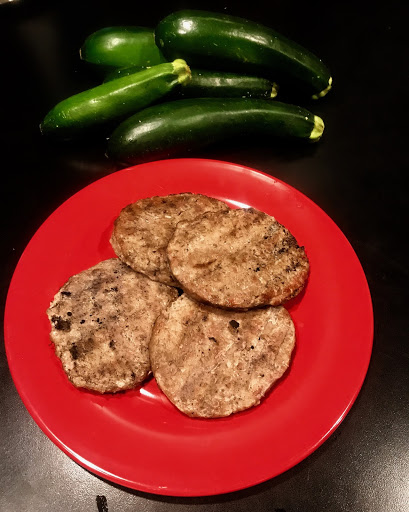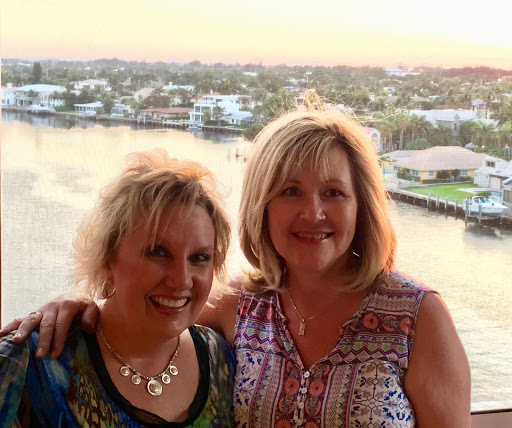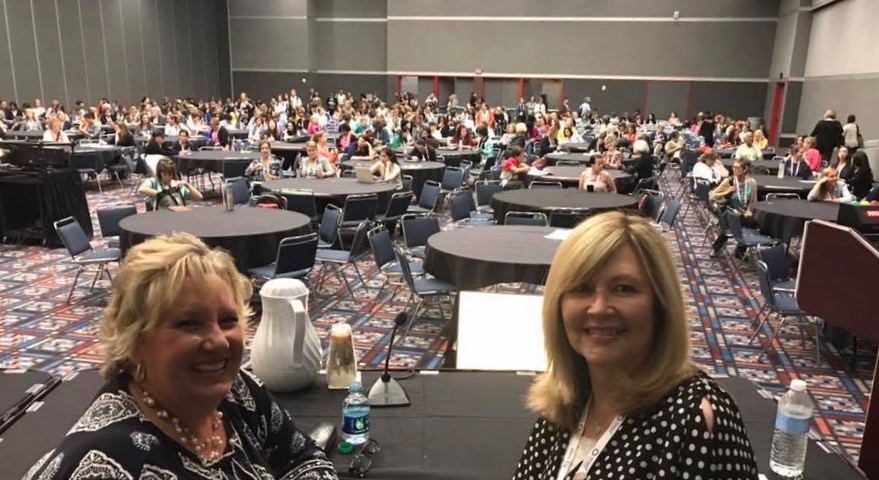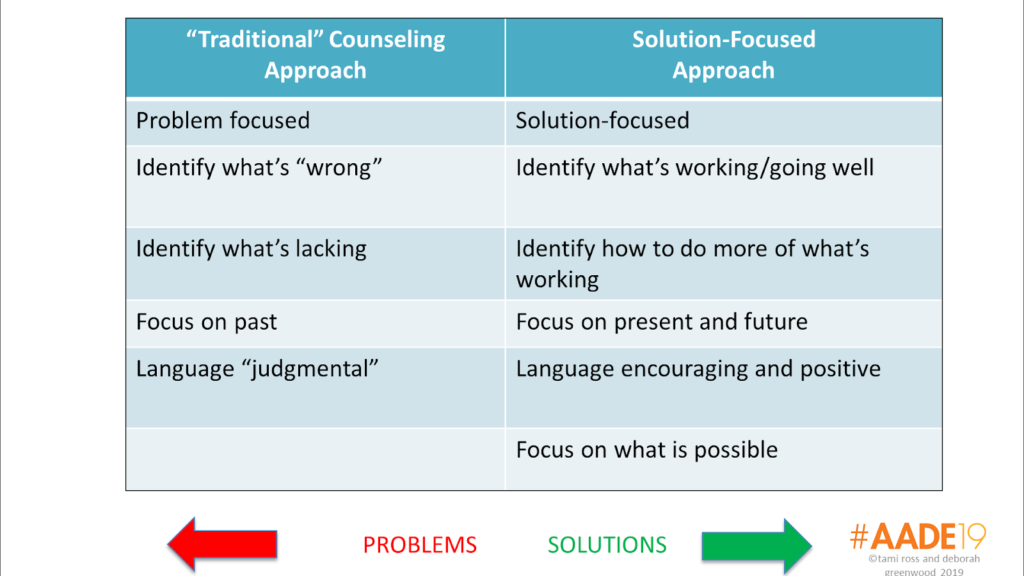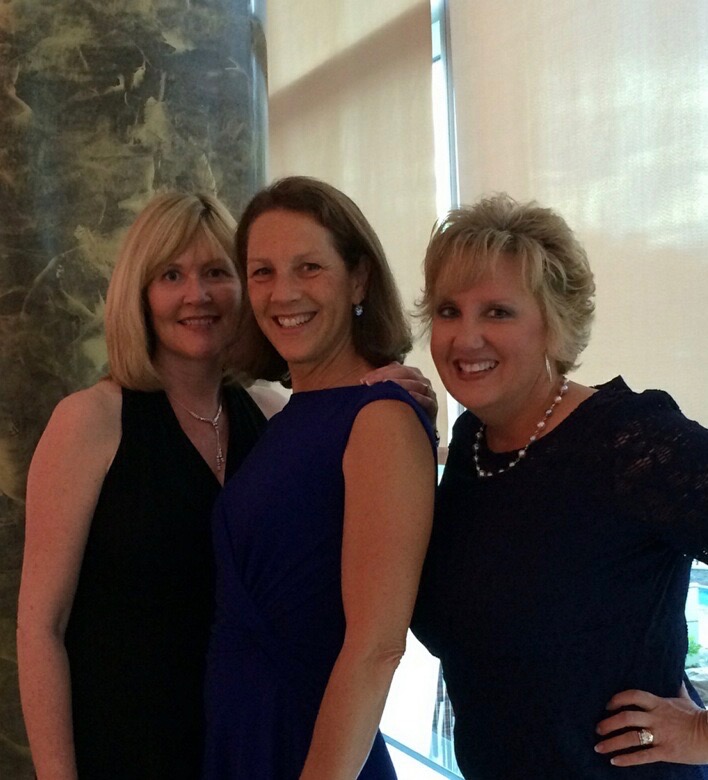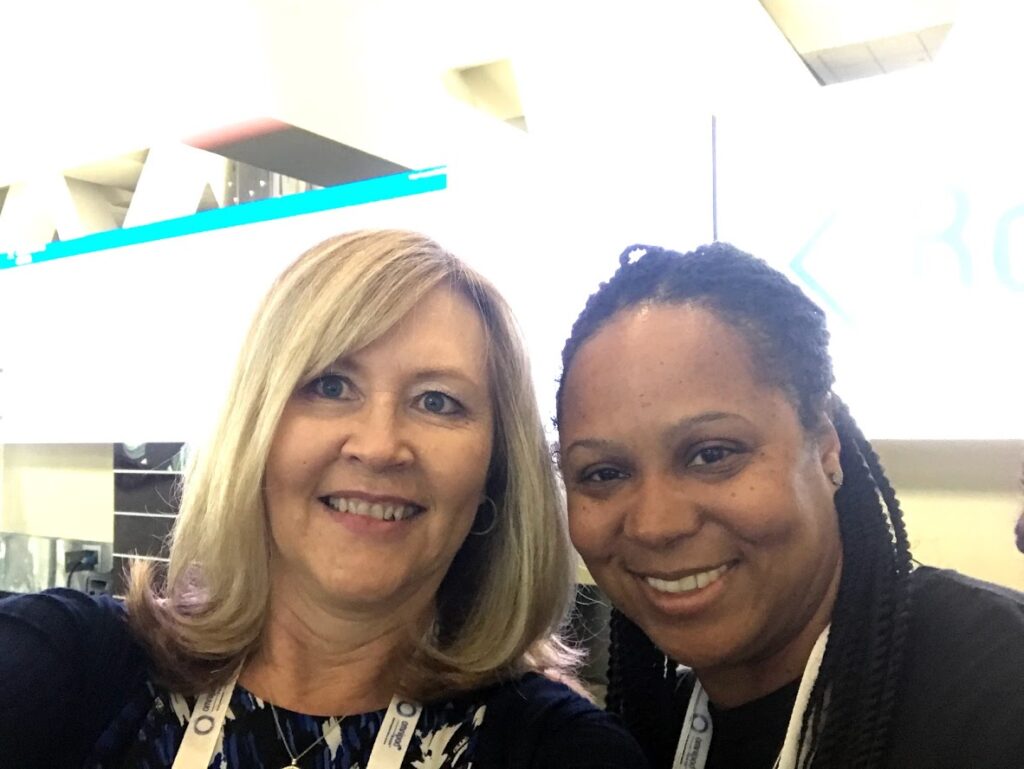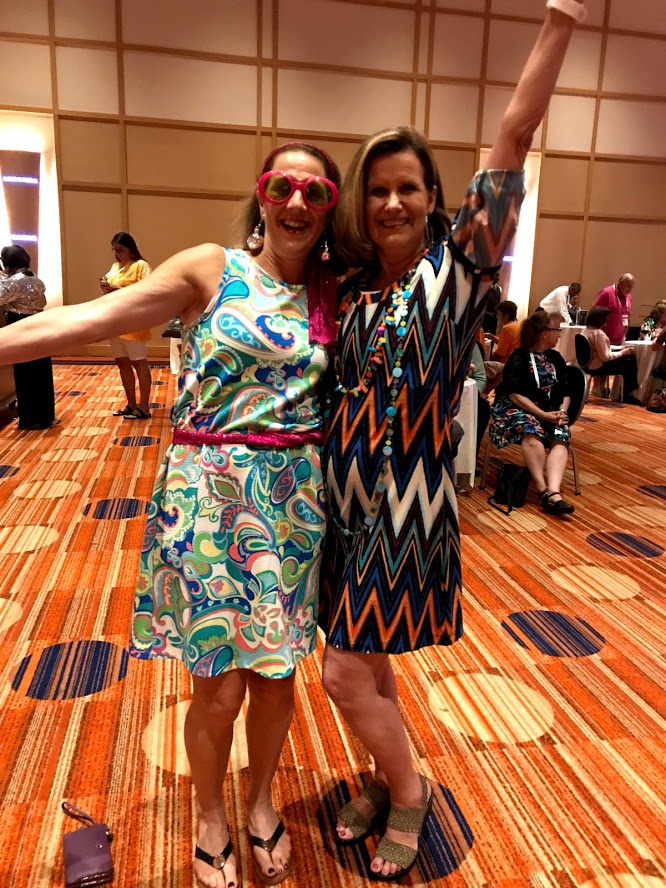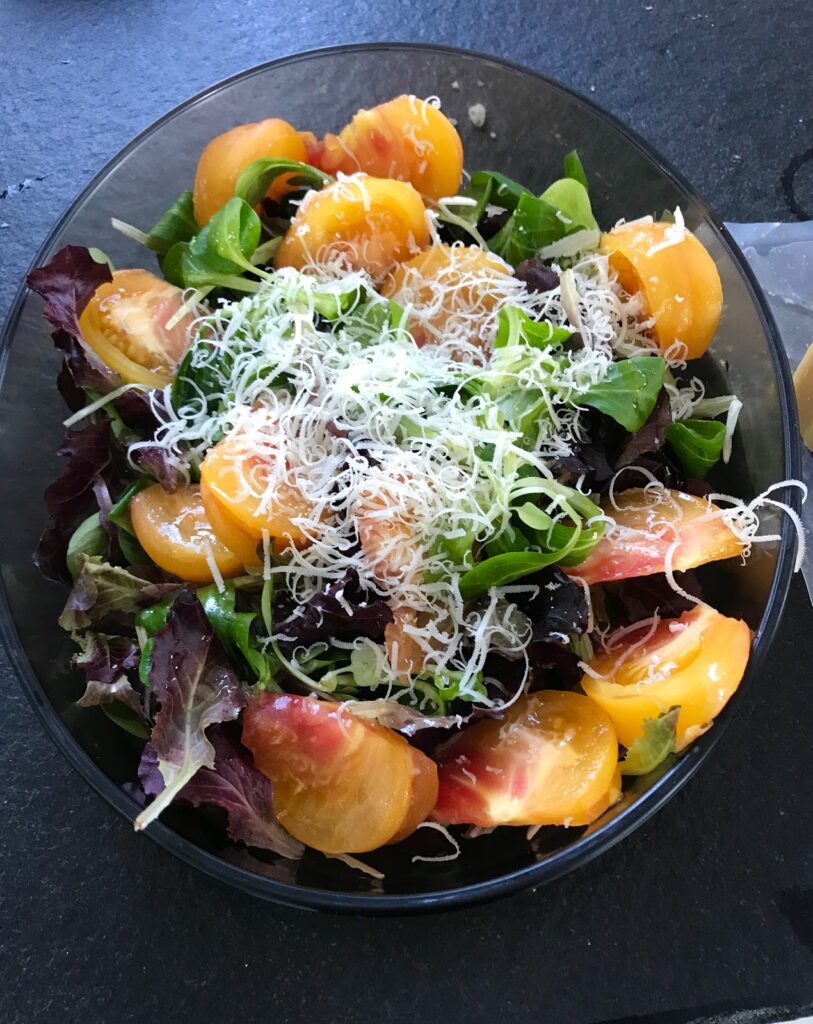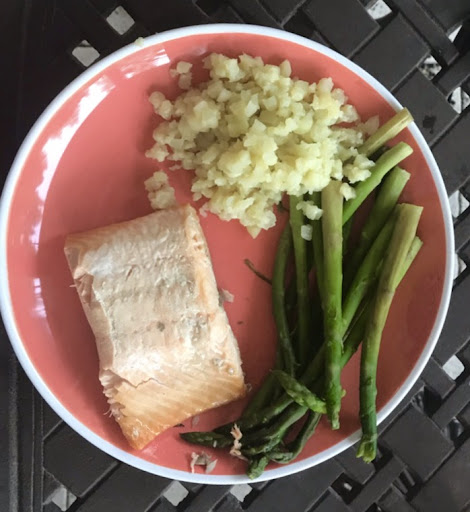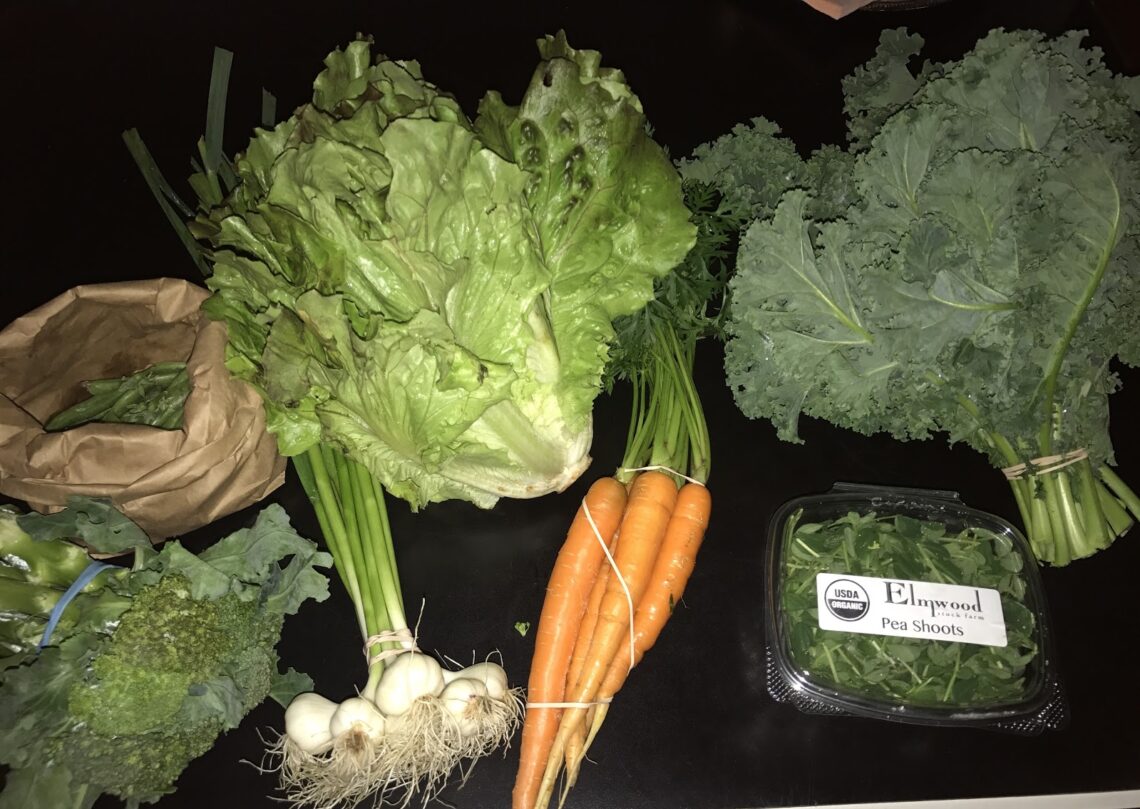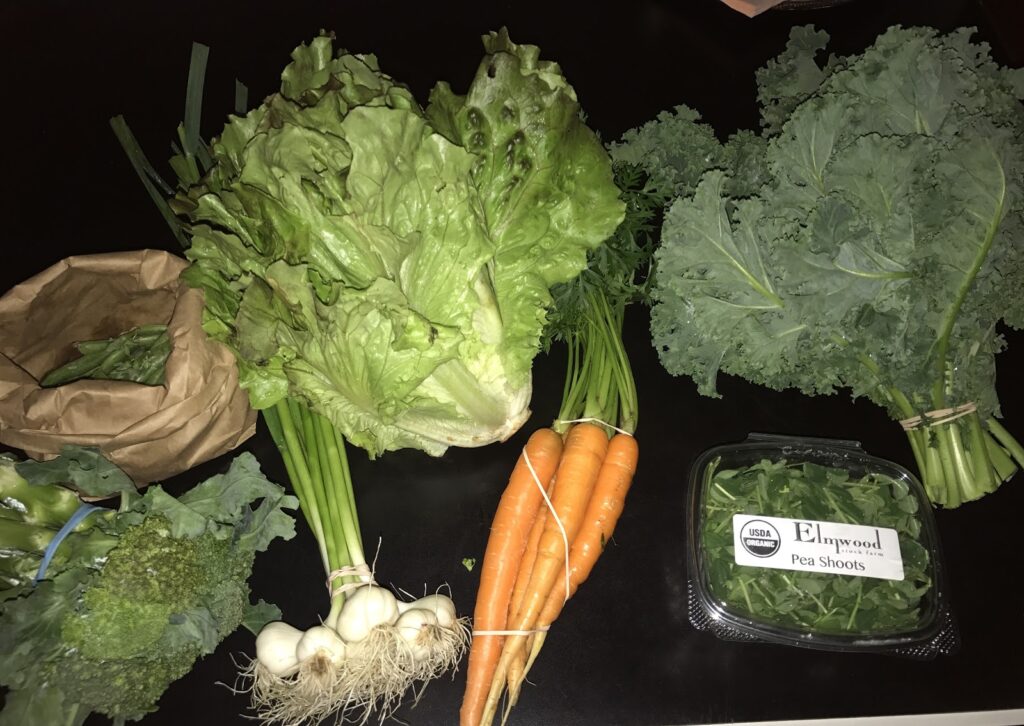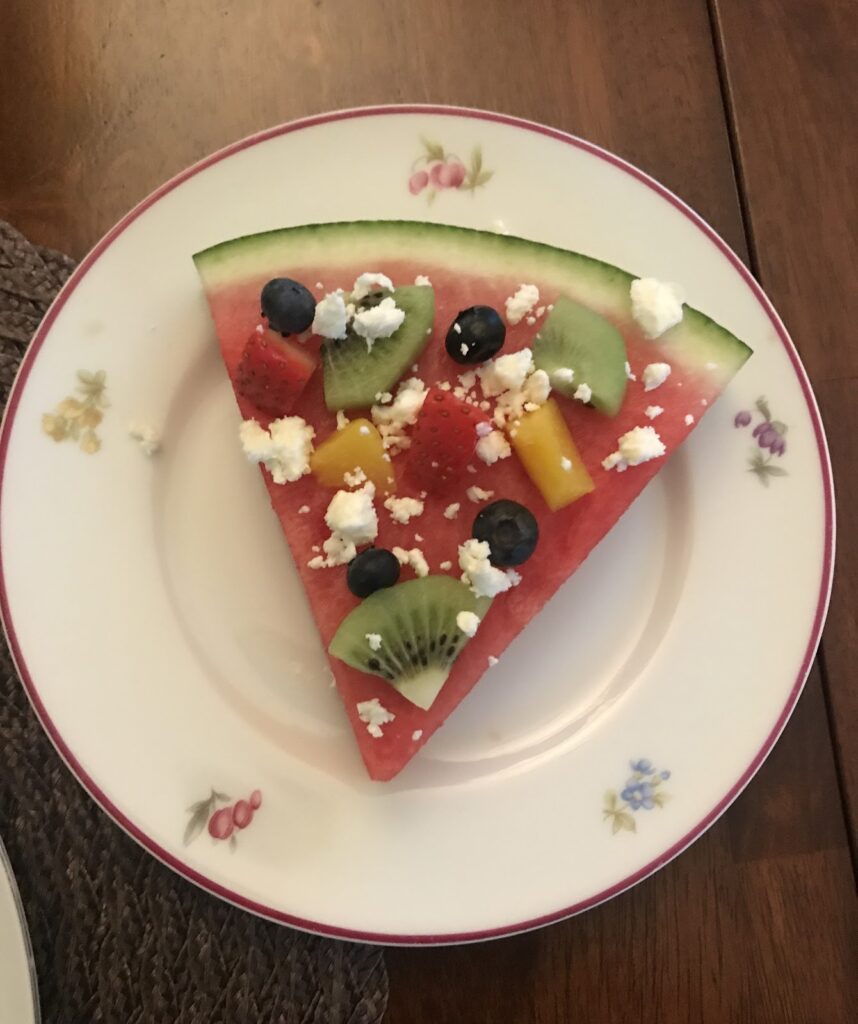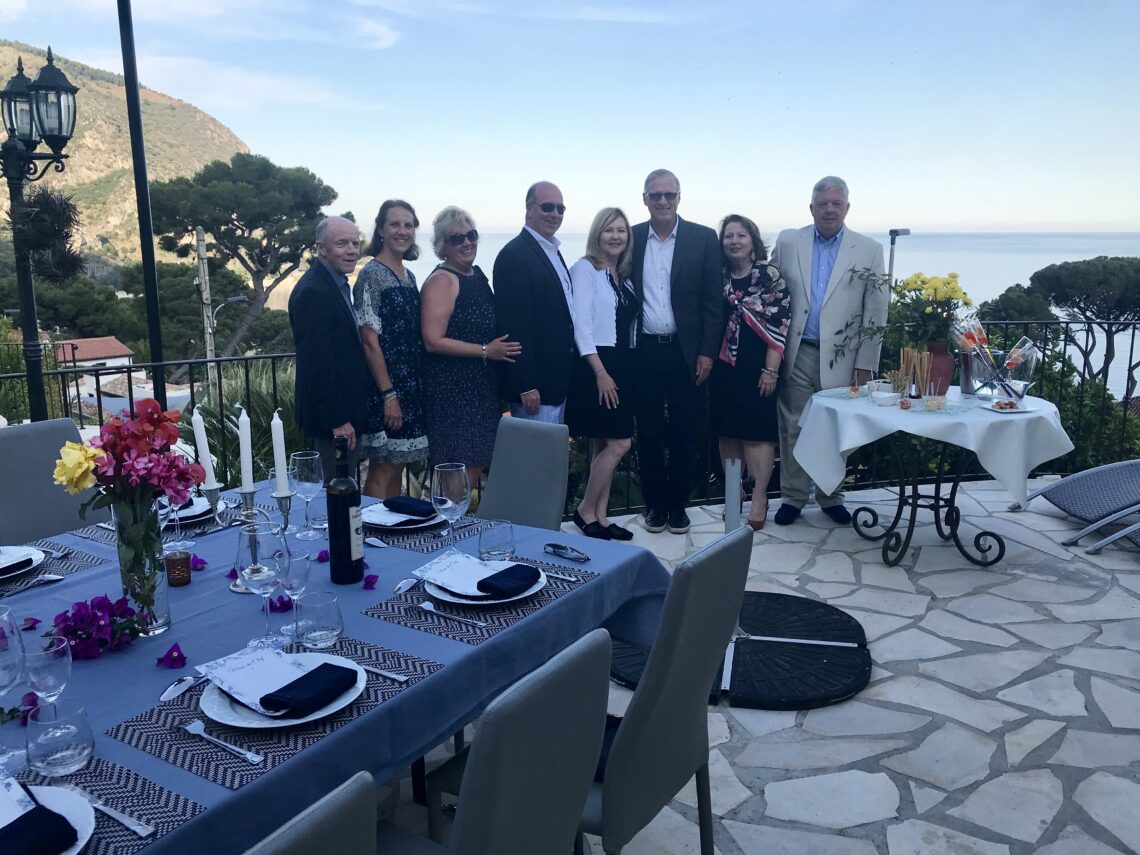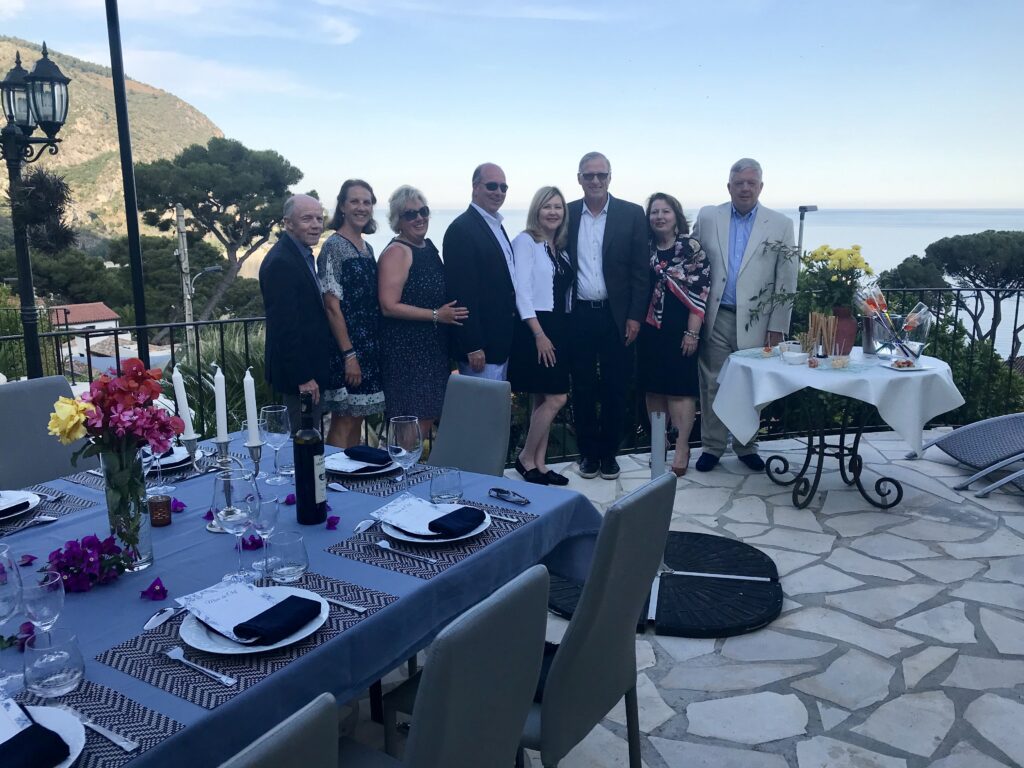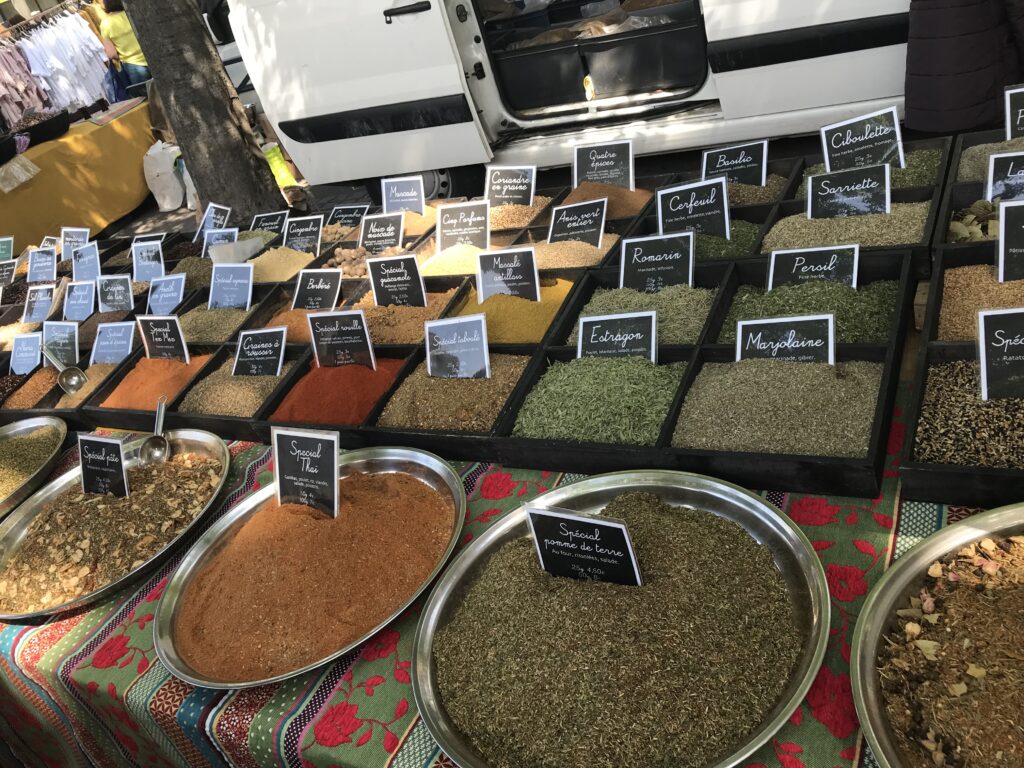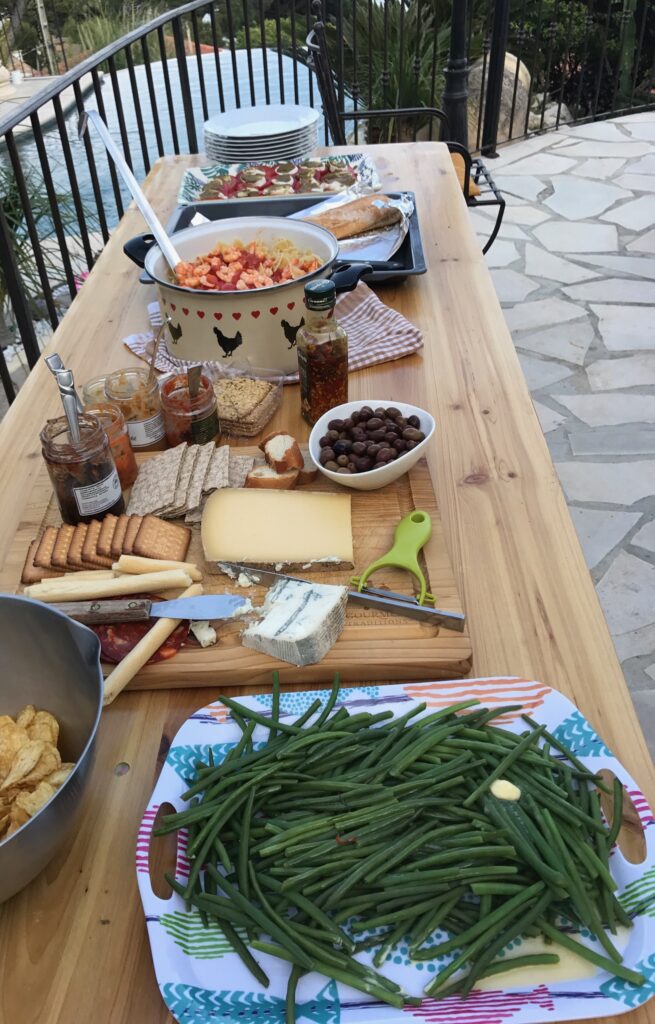
A Fresh POV for You is excited to head out to Barcelona, Spain, one of our most favorite cities in the world! We are honored to be presenting an oral podium presentation at the 55th Annual Meeting of the European Association for the Study of Diabetes (EASD)!
Tami was last in Barcelona at this same conference six years ago, and not only learned a lot about diabetes prevention and management, but fell in love with the one-of-a-kind work of genius Spanish architect Antoni Gaudi throughout the city! You see one of the Gaudi houses above that Tami snapped. And below is his main work, the towering Basílica de la Sagrada Família, still under construction more than 135 years after the laying of the cornerstone. This picture was from six years ago. This trip, Deb will be taking a walking tour of La Sagrada Familia with Take Walks, a great way to get some physical activity in while doing some sightseeing. Looking forward to seeing the progress as construction continues. It is expected to be completed in 2026.

This annual Meeting of EASD is held in a different European city each year. It draws more than 15,000 delegates from over 130 countries and includes around 1,200 talks and presentations on the latest results in diabetes research by leading experts in the field. This meeting is highly scientific, and a majority of the oral sessions and posters focus on new diabetes treatments, understanding diabetes complications, and the physiology of diabetes care and prevention.
A Fresh POV for You presents
This year 2,003 abstracts were submitted – ours was one of the 1195 accepted for inclusion. Of all those sessions, there is only one oral symposium addressing the psychological side of living with and managing diabetes. That happens to be our session! Friday, 11:00-12:00 PM, in Ochoa Hall, Integrating psychology into diabetes care. There are four research sessions in this symposium.If you plan to attend this conference, we invite you to join our presentation.
We will be sharing findings from our research on “Perceptions of life with diabetes revealed through a solution-focused brief therapy exercise via Twitter”. Many of our readers participated in this Twitter Chat and provided important and insightful perspectives that led to the fascinating findings we will present.
Five sessions of interest
A new diabetes questionnaire to add patients’ perspectives to diabetes care: a nationwide cross-sectional study among adults with type 1 and type 2 diabetes M. Svedbo Engström, J. Leksell, U.-B. Johansson, S. Borg, B. Palaszewski, S. Franzén, S. Gudbjörnsdottir, K. Eeg-Olofsson, Sweden
This presentation will discuss the research completed to validate a new self-rated diabetes questionnaire (NDR-PROM). Their data confirms that these questions add patients’ perspectives of living with diabetes and support experienced from diabetes care.
Association of personality traits with continuous glucose measurement parameters in type 1 diabetes adults treated with personal insulin pumps T. Klupa, B. Matejko, M. Flakus, S. Mrozińska, Ł. Tota, M. Morawska, B. Kieć-Wilk, M. Malecki, Poland
This session sounds very interesting. The authors looked at the relationship between the Big Five personality traits and treatment outcomes in adults with type 1 diabetes (T1DM). Ultimately, these traits can help tailor diabetes management to individuals. At A Fresh POV for you we are all about tailoring treatment and focusing on the unique strengths of the individual.
Perceptions of life with diabetes revealed through a solution focused brief therapy exercise via Twitter D.A. Greenwood, T. Ross, E. Reifsnider, USA
During our session we will share the findings from our Twitter study. We implemented the Miracle Question (MQ) approach, one tool in the Solution Focused Therapy tool-kit, to enhance resilience and confidence to manage diabetes. We will expand upon the five themes that emerged from the data in response to the MQ and the desired future state including: more of living life; laughter and humor; self-compassion; resilience; and support.
Ketoacidosis hospitalisations among people with type 1 diabetes are associated with increased risks of rehospitalisation for suicide attempt J. Petit, K. Goueslard, J.-C. Chauvet-Gelinier, B. Bouillet, B. Vergès, C. Quantin, France
This presentation will share results from a study that identified that people with a past history of being hospitalized for ketoacidosis or hyperglycemic coma have a higher risk of being re-hospitalized for suicide attempt within 7 years. The risk increases with more hospitalizations. This is new information for us, and seems incredibly important to share.
The EASD/ADA Symposium: Digital apps for diabetes treatment and prevention: opportunities and challenges If you follow us, you know that we are very interested in the use of technology to improve diabetes care. We look forward to attending this session on Wednesday evening at 5:30 pm and hope it will address using a strengths-based, empowering approach to reviewing diabetes data.
A poster session of interest
D-PS 064 Psychological aspects of diabetes With posters that range from addressing anxiety and depression in diabetes, to eating disorders and fear of hypoglycemia,
Our goal
Our goal, as we present at conferences this coming year, is to bring attention to the concepts of solution-focused brief therapy and coaching. To focus on “exceptions” (those times the problem could have happened but some how did not) or situations that are going well, instead of always focusing on the problems that need to be fixed. If we spend our time using a strengths based approach we can envision possibilities and opportunities to help people move forward towards their unique vision of their future.
After the conference we’ll be sharing more learnings with you!
If you are a health care professional and interested in learning more about our solution-focused practice and approach, we invite you to subscribe to our blog, and we will send you in return a FREE resource of 10 Solution-Focused Questions to start a solution-focused discussion with your clients.
Subscribe to our blog and we’ll email you when a new post is published!
Follow us on Twitter and Instagram @AFreshPOVforYou
Disclaimer: A Fresh POV for You is a participant in the Amazon Services LLC Associates Program, an affiliate advertising program designed to provide a means for sites to earn advertising fees by advertising and linking to amazon.com.





